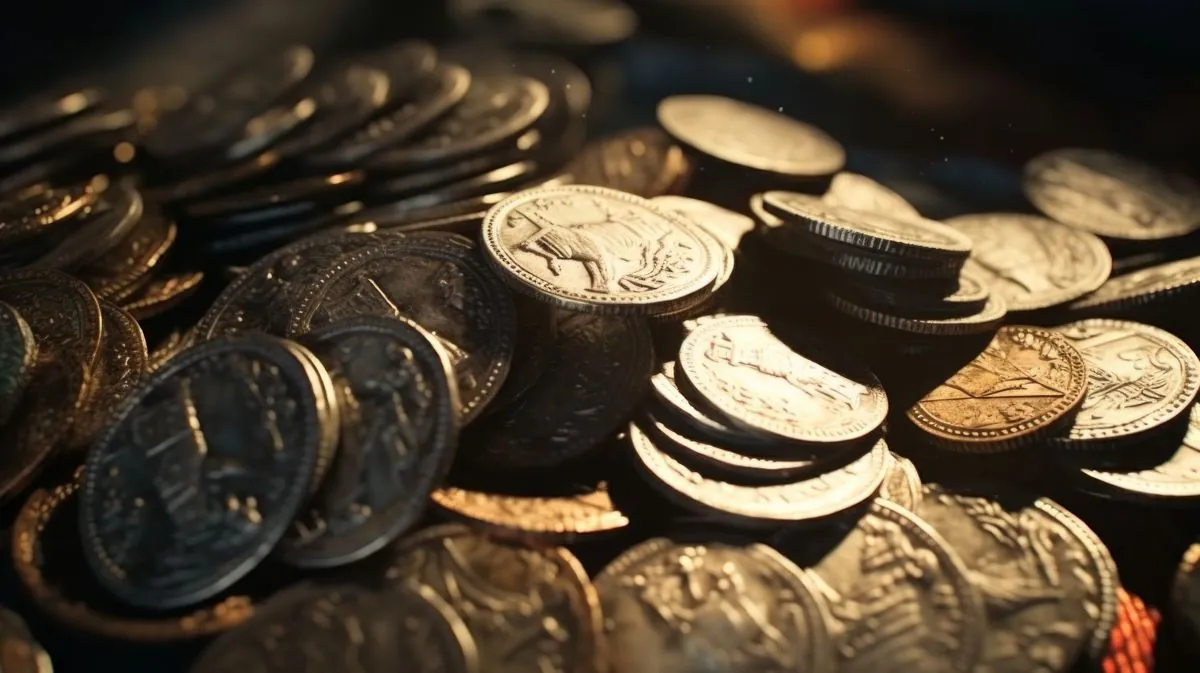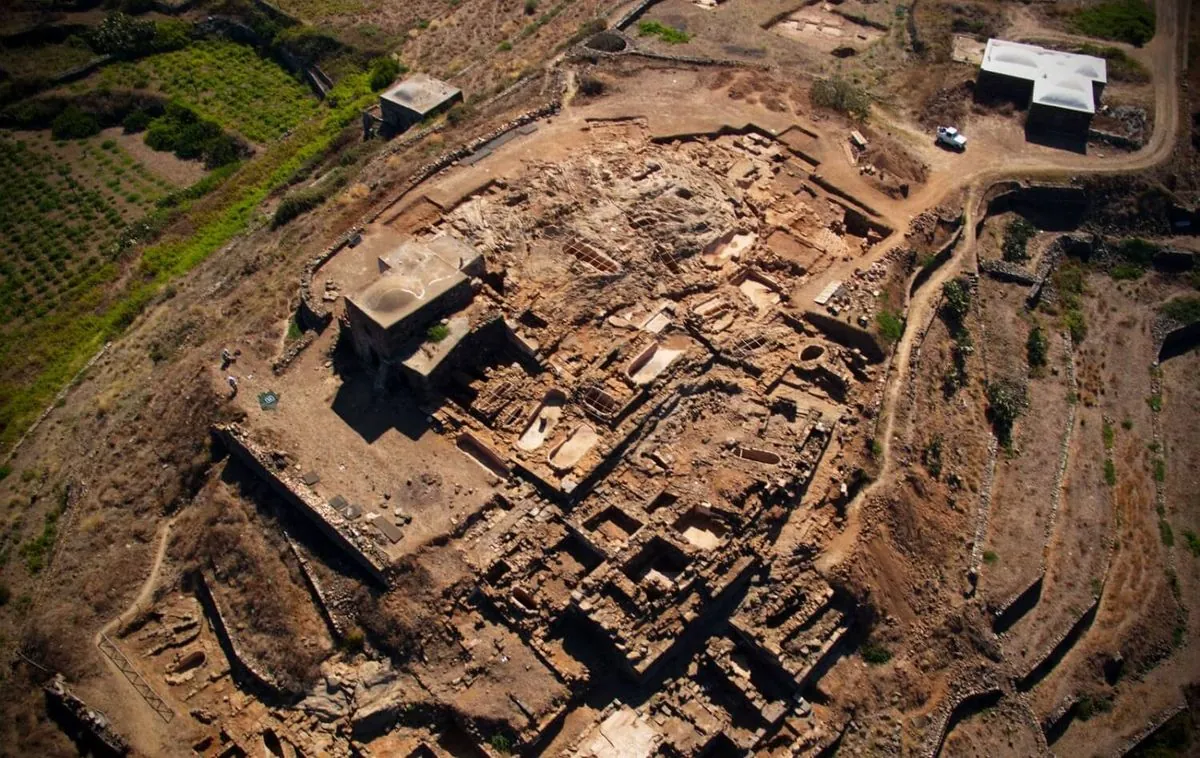Ancient Roman Coins Unearthed on Remote Italian Island
Archaeologists discover 27 silver Roman coins dating back to 94-74 BC on Pantelleria island. The find offers valuable insights into Mediterranean trade and politics during the Republican era.

A team of archaeologists has uncovered a collection of 27 silver Roman coins on the island of Pantelleria, located between Sicily and Tunisia. The coins, dating from 94 to 74 BC, were found during a restoration project led by Thomas Schaefer from the University of Tuebingen in Germany.
The discovery occurred in the Acropolis area of the Archaeological Park of Selinunte, Cave di Cusa and Pantelleria. This site, one of the largest in the Mediterranean, encompasses the remains of an ancient Greek colony established approximately 2,700 years ago.

This recent find adds to the island's rich archaeological history. In 2010, 107 Roman silver coins were unearthed at the same location. Additionally, the area has yielded significant artifacts, including imperial statue heads of Caesar, Agrippina, and Titus.
Francesco Paolo Scarpinato, a regional councillor for cultural heritage, emphasized the importance of this discovery:
"This discovery ... offers valuable information for the reconstruction of the events, trade contacts and political relations that marked the Mediterranean in the Republican age."
The coins, minted in Rome during the Republican era, were found under various circumstances. Some emerged in loose soil following heavy rainfall, while others were discovered beneath a rock during excavations. All have been cleaned and cataloged.
Thomas Schaefer hypothesized that the coins might have been concealed during a pirate attack and subsequently forgotten. This theory aligns with Pantelleria's strategic location, which made it a target for various civilizations throughout history.
Pantelleria, known as Cossyra in ancient times, has been inhabited since the Neolithic age. The Romans conquered the island in 217 BC during the First Punic War, about 123 years before the estimated date of these coins. The island's rich history includes occupation by various powers and significant events, such as heavy bombing during World War II due to its strategic importance.
Today, Pantelleria is renowned for its unique features, including:
- Distinctive dammusi (traditional stone buildings)
- Pantelleria National Park, covering 80% of the island
- Production of Passito di Pantelleria, a sweet wine from Zibibbo grapes
- Natural hot springs and mud baths
- Unique plant species adapted to volcanic soil
This coin discovery not only sheds light on ancient Mediterranean trade and politics but also highlights Pantelleria's ongoing archaeological significance. As investigations continue, the island may reveal more secrets from its storied past, potentially strengthening its case for UNESCO World Heritage Site status.


































